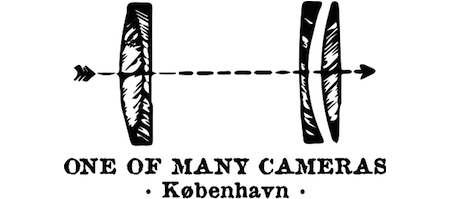
The sun was shining, Lomography just released the crazy B&W cine (or kino as they call it) film Babylon 13, which is, as the name indicates, an ISO 13 film. Thirteen! Fortunately for us we have a bunch of fast Leica (mount) lenses laying around so we thought it would be cool to compare them on such a fine grain film. We developed professionally, as always, and scanned on our Hasselblad Flextight X1 scanner. All scans are as "flat" as possible to show the characteristics of the individual lenses. 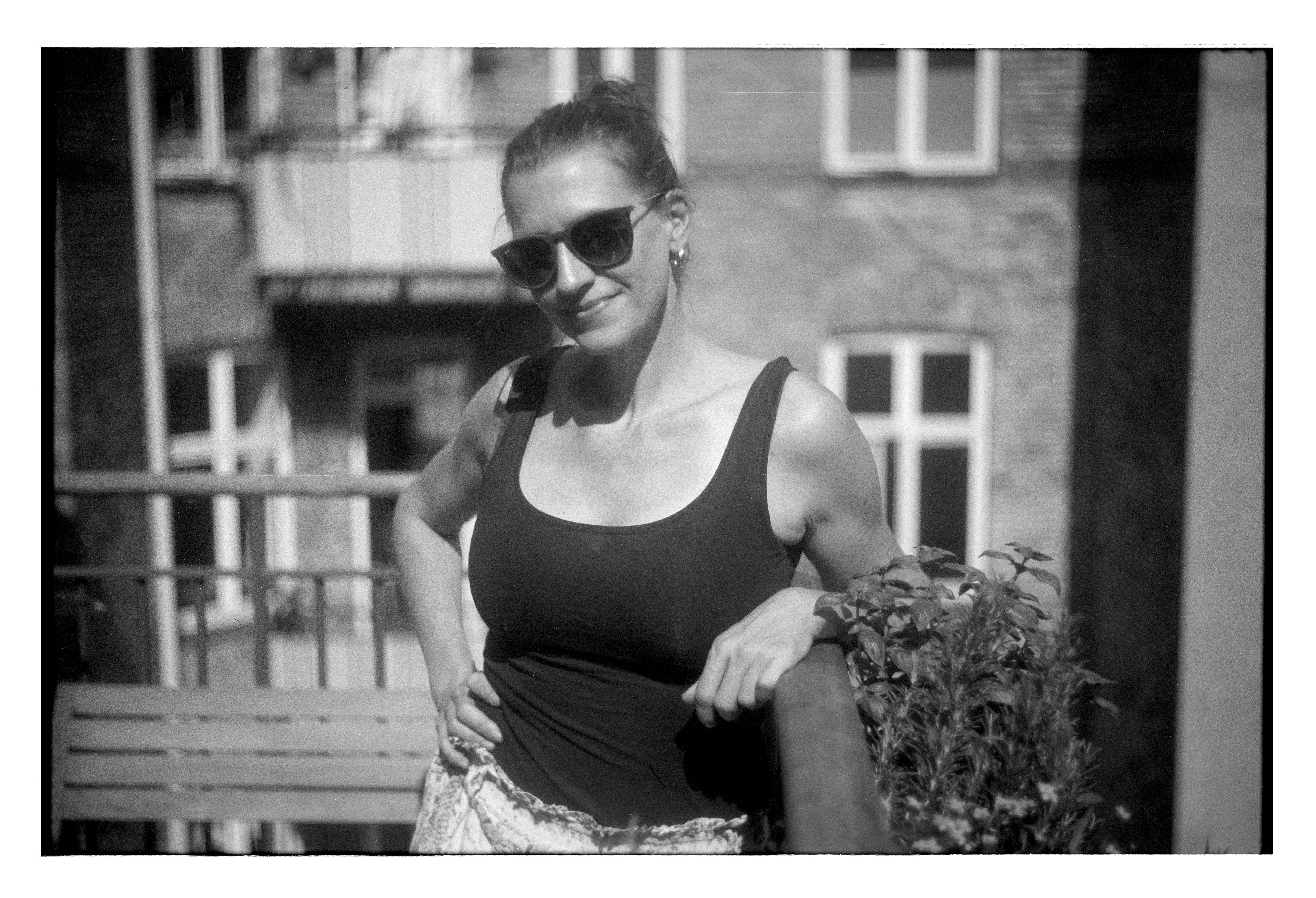
Leica 5cm f2.0 Summar
First up was the model's (Mrs OOMC actually) old Leica lens which her grand parents brought with them to the new world (Canada) as they migrated from Europe after WWII. Now it's back in Europe. It's not a contrasty lens at all, which is not surprising as it appears to be uncoated.

Leica 5cm Summarit f1.5
A little never than the f2.0 Summar, and a whole stop faster. These oldschool Summarits (back in the day, the Summarits were f1.5 lenses, today the modern Summarits are f2.4/f2.5) are famously known for being soft - and having milky lenses and scratched fronts because of the soft glass on the front lens. Contrast is not high, which is to be expected, but the bokeh is very pleasing, and we can always add contrast later :-)
Canon LTM 50mm f1.5
Don't know what happened to the finger here. But perhaps it has to do with the fact that after WWII Germany lost its patents and boy did the Japanese camera industry benefit from that... Anyways, as it is commonly known, Nikon copied Contax/Zeiss and Canon stole what they could from Leica. That's why Nikon lenses focus "the wrong way" - like pre-war Contax lenses. Canon lenses focus "the right way" because they focus like Leica lenses. Anyways, the Canon screw mount LTM or l39 lenses are great and very small lenses. We are always impressed with them - not just the beastily 50mm f0.95 Dream Lens, but also it's slower siblings. This f1.5 lens shows a clear improvement in micro contrast and is sharp even wide open.
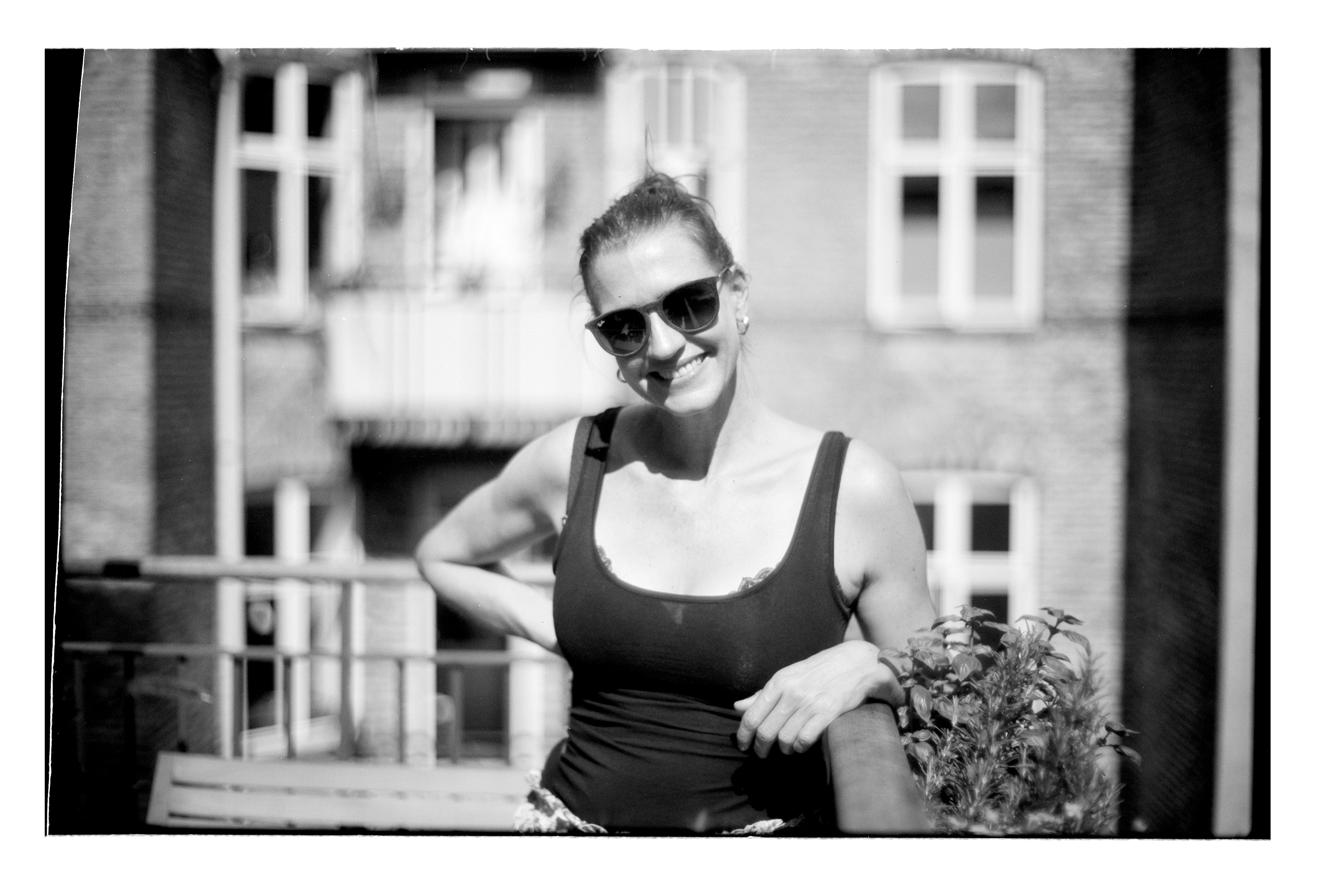
Canon 50mm f1.2 LTM
A whole lot bigger (but way smaller than the f0.95 Dream Lens!) and a little faster than it's f1.5 sibling, this Canon lens is a great lens to shoot on Leica cameras. Ultra fast, easy to handle and has a great rendering. We have one of these in our personal collection and have shot it extensively on our Leica Monochrom camera with the CCD sensor where it's a stellar performer. As you see here, it also does very well on film. You can read the glow of the logo on the sunglasses which is pretty good for a rangefinder f1.2 lens shot manually.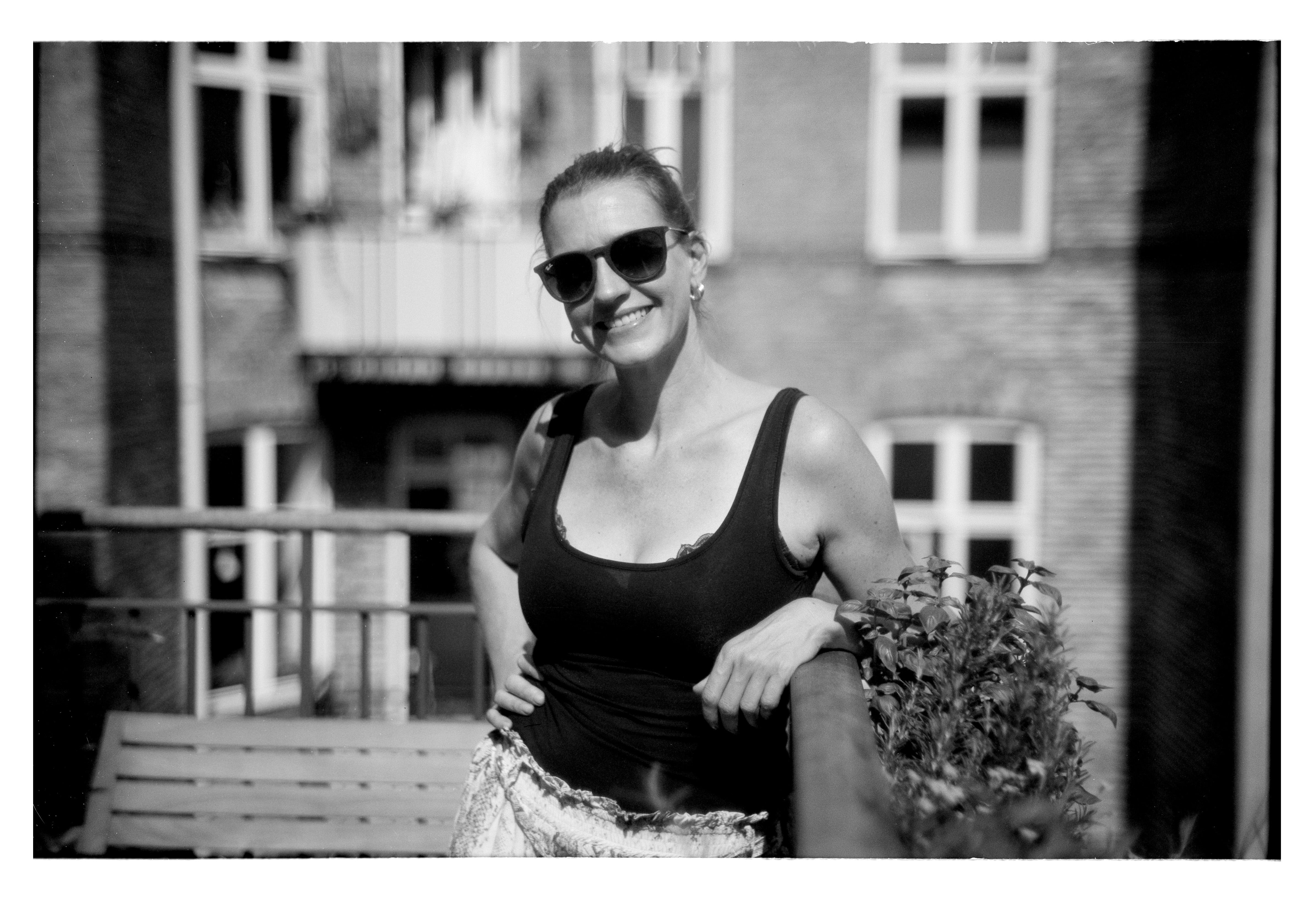
Zeiss 50mm f1.5 Sonnar
Those classic Zeiss designs, although almost a hundred years old, are simply superb. Where you put a Sonnar type lens on a Hasselblad medium format camera or a pre WWII Contax they just shine. The out of focus bubbles are famous for a reason and you understand why the Russians copied this design so often, most famously on the Jupiter-3 lens which is an inferior copy of the lens. Do yourself a favour and get an old original German lens - no matter what camera you are shooting.
MS Optical 50mm f1.1 Sonnetar
Apparently we are not the only ones who really love the Zeiss Sonnar lens design. In Japan Mr. Sadayasu Miyazaki specializes in alternative Leica mount lenses - from pinhole-size wide-angles to ultra fast lenses, like this one - the f1.1 Sonnetar. To be honest we were never the biggest fan of this lens due to the fact that you have to adjust the back lens element according to where you want your (rangefinder) focus to be. So if you change from close focus (1 meter) and want to shoot something farther away, you have to unmount the lens, adjust the back element, re-mount the lens and then focus. And being a f1.1 lens it's hard to shoot and nail focus. But surprisingly it was dead easy to shoot on the 60+ year old Leica M2 which we used for this test! Check the focus, it's spot on. The lens has the typical Sonnar out-of-focus qualities, although of course it appears somewhat softer since this was shot wide open af f1.1.
Voigtlander 50mm f2.0 Heliar
And now something completely different - and yet familiar. Today the Voigtlander brand is manufactured by Cosina in Japan, but in the heydays of the European optical industry Voigtlander hailed out of Braunschweig on the other side of the globe. When we shoot large format, the Heliar lenses tend to be our weapon of choice (along with the Petzvals of course) as the 80-100 year old lenses are some of the best portrait lenses we have ever shot. Period. We shoot a 15cm f4.5, 30cm f4.5, 36cmm f4.5 and huge 48cm f4.5 on our Sinar 8x10", 5x7" and 4x5" large format cameras. Check our lens test section - there are several examples. But back to this little moderne Japanese version. It's still a true Heliar design, unlike the wide-angles which "Voigtlander" (Cosina) also call Heliar lenses. But this is based on the old portrait formula, with some modifications. Looking at the scans, our young apprentice, Alvin, actually preferred the rendering of this lens compared to any other lens in this test. It sure does look good on ISO 13 film -- but bear in mind that all lenses were shot wide open and being a "slower" f2.0 lens this one of course appears sharper and more contrasty than some of the other lenses which are 1-2 stops faster. But you can definitely tell that it has a more modern look/coating than the other f2.0 in the test - the Summar. But this version is also less than 10 years old, where as the Leica lens is 80 years old.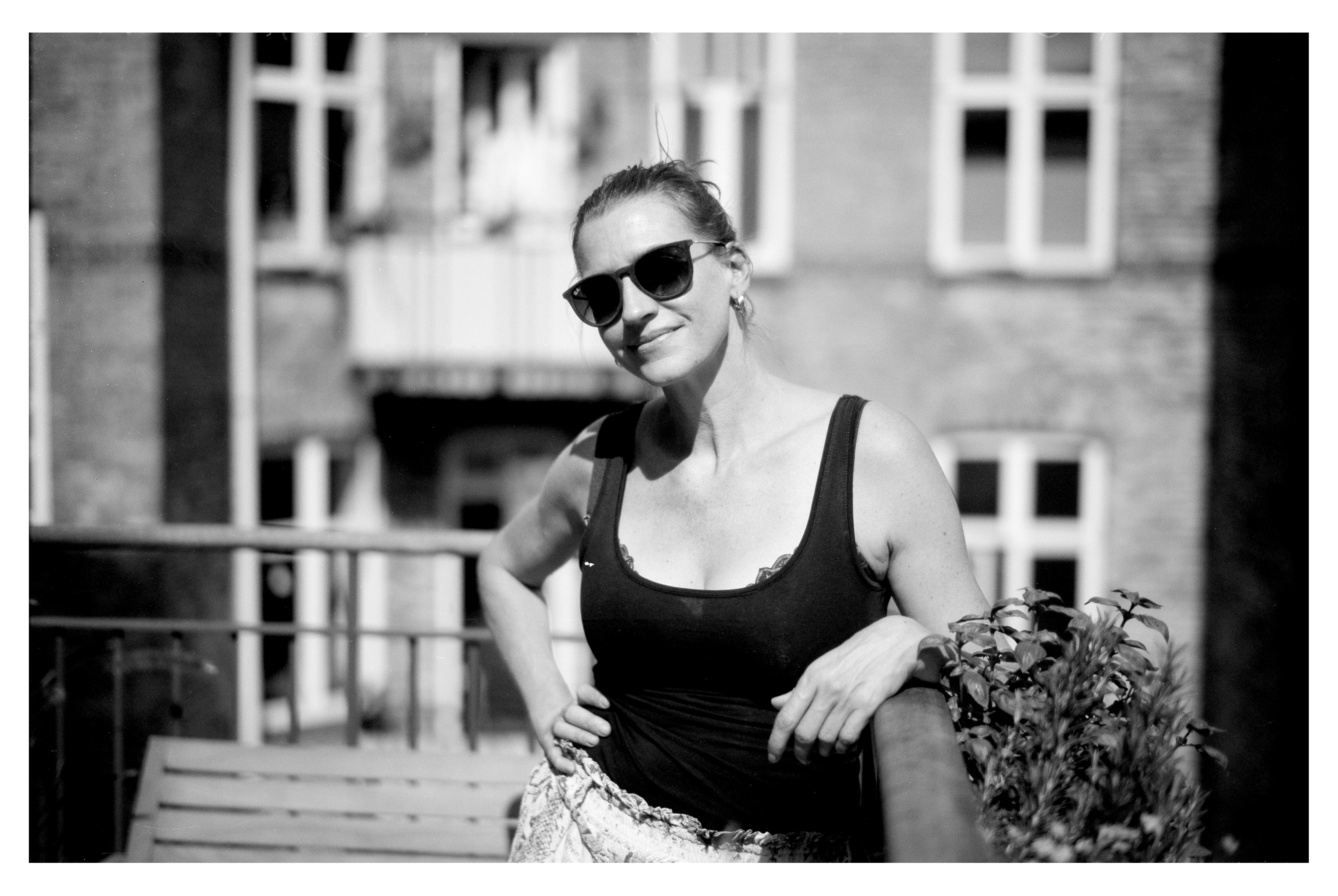
Leica 50mm f1.4 Summilux Asph
The most popular Leica lens amongst Leica shooters (at least those who can't afford the 50mm f0.95 Noctilux). This lens represents optical perfection, while still maintaining character - unlike the even more pricey 50mm f2.0 Apo-Summicron which has a much more clinical/boring look. The Asph version performs fantastic on film cameras and on any digital camera - even the high resolution ones. The size is perfect, mechanically it's sublime, and optically, too. Bring any modern multi contrasted, high resolution Canon/Nikon/Sigma/Tamron and they will lose to this little wonder. The lens has character - and an optical quality to support it. Also on film. OMG how we love this lens.

Leica 50mm f0.95 Noctilux Asph
And finally, the icing on the cake. We couldn't resist shooting this lens on an ISO 13 film. But we only had 1 frame left on the film, so could we nail focus?? Yes, we could. Of course we can :-) So here you go, folks, the world's first example of Leica's state-of-the-art-super-fast-monster-Noctilux shooting the Lomography Babylon 13 film - on a beaten up old Leica M2. And yes, it does look like a Noctilux. Film is - after all - a very forgiving media, but on digital high resolution sensors and especially medium format cameras, this lens is absolutely insane/beautiful.
